Published for first time in 50 years - images from heritage railway now located at Ingoldmells
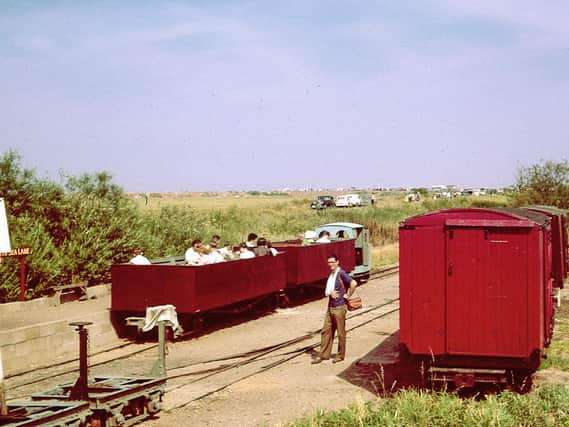

The line built by enthusiasts, the Lincolnshire Coast Light Railway, has been sited at the Skegness Water Leisure Park in Walls Lane, Ingoldmells since 2009.
However, it was originally built south of Cleethorpes to take holidaymakers to the nearby beach and the Fitties holiday camp and the route was very close to what is now the 15” gauge Cleethorpes Coast Light Railway.
Advertisement
Hide AdAdvertisement
Hide AdIt was the Cleethorpes line which first discovered never-before-seen photos of the LCLR during the first covid lock-down, when dusty old cupboard drawers at their Kingsway station were being tidied up – and at the back, were photos of the original LCLR.
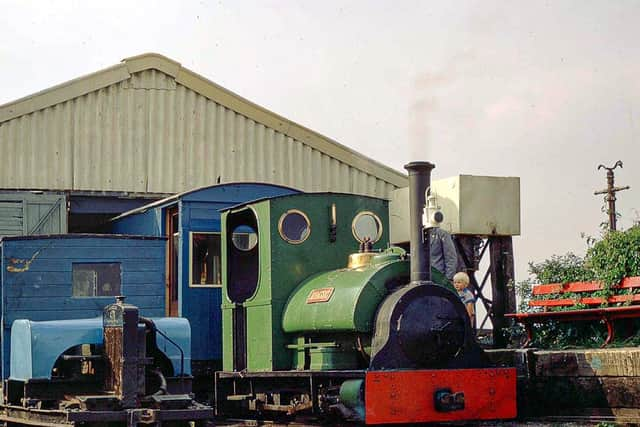

The Cleethorpes line offered them to the LCLR and asked their volunteers if they had unseen photos of what was originally the Cleethorpes Miniature
Railway – which it turned out some had – and all have been published in railway and nostalgia magazines, on websites and in the local press, cementing the friendly relations between the two railways.
One of the founding supporters and earliest shareholders in the LCLR Company, Mike Swift, the former secretary of the Narrow Gauge Railway Society, was prompted by the publication of the old photos to recall having taken colour slides on the opening day and on subsequent visits.
Advertisement
Hide AdAdvertisement
Hide AdTheir publication prompted a search for more and Mike Swift has now passed to the LCLR’s Historic Vehicles Trust colour photos taken on visits by colleagues Trevor Dodgson (a retired metallurgist from Stockbridge, near Sheffield) and the late Gordon Green (also a metallurgist, from Tinsley, Sheffield) of never-before-published photos taken of the LCLR in 1961, 1962, and 1970.
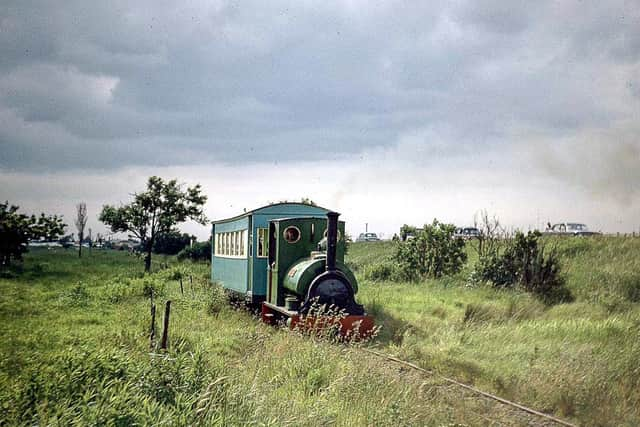

Since those pioneering days, heritage railways have been built (as distinct from reopening or taking over existing lines) around the world, often forming the cornerstone of local tourist economies.
The second such railway, the Ocean Beach Railway which was built between 1961 and 1963 in Dunedin, New Zealand, reopened in October 2020 after more than three years of closure caused by the theft of valuable parts from its fleet of steam locomotives.
It too celebrates its role in the development of this world-wide phenomum.LCLR spokesman John Chappell said: “These wonderful old photographs help us record the history of our pioneering railway and its place in demonstrating the history of the world’s narrow gauge railways.
Advertisement
Hide AdAdvertisement
Hide Ad"We hope that when lock-down restrictions are eased, we can again let people sample the experience of riding trains that date back to the trench railways of the World War One battlefields and before.
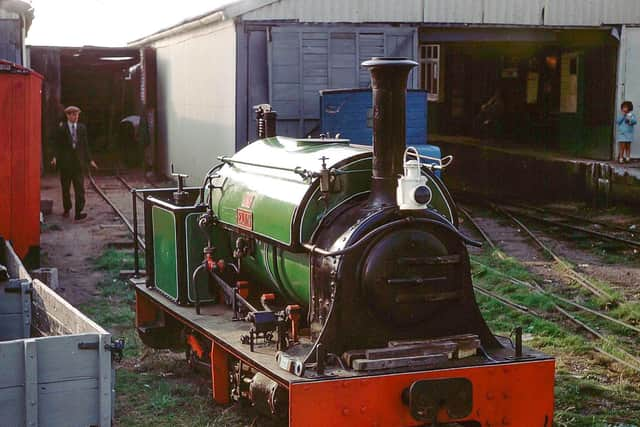

"We’re very grateful to everyone who has sent us these photos and especially to our friends at Cleethorpes and in the NGRS for initiating
this.”
FACTFILE
The original line was relocated in 1966 to allow its landlords, Grimsby Rural District Council to use the site for the burgeoning caravan trade. The new site was some 50 yards to the south and extended on a new formation to a new Beach station, via a halt at Anthony’s Bank Road and then to a new terminus in the Fitties, known as South Sea Lane.
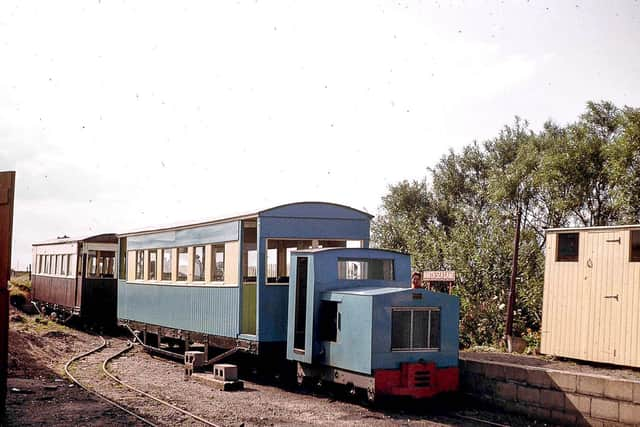

Changing holiday patterns and the after-effect of the miners’ strike caused the line to close in 1985.
The collection went into store at Burgh-le-Marsh, from where it relocated 42 miles south of the Humberston sites to the Skegness Water Leisure Park in Walls Lane, Ingoldmells and reopened in 2009.